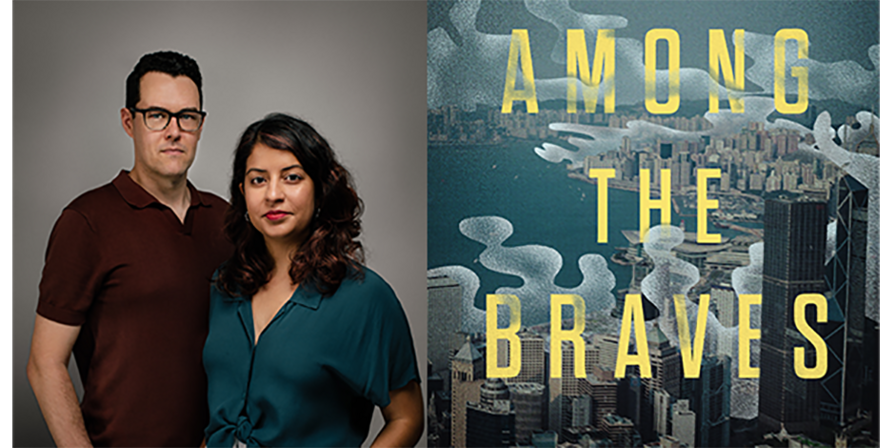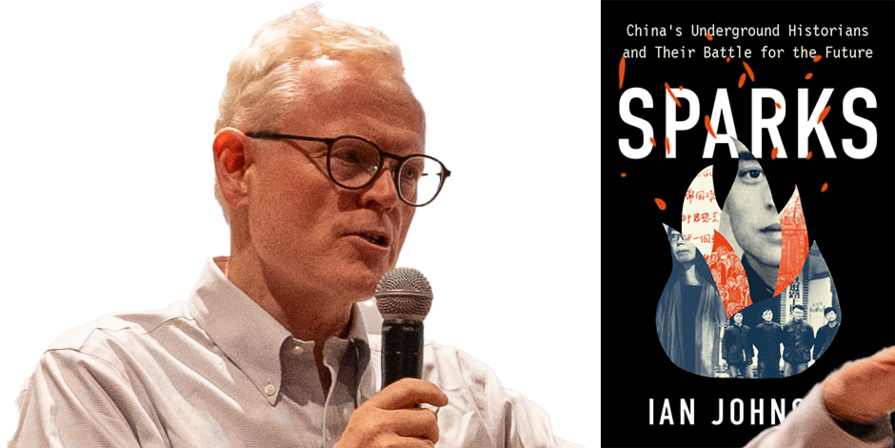This article originally appeared in Trojan Family Magazine (winter 2006).
By Diane Krieger
According to chief architect Elizabeth Garrett, the U.S.-China Institute fills a unique niche – or perhaps “vacuum” is a better word. It will be, she says, “a one-of-a-kind interdisciplinary institute producing rigorous, policy-relevant social science research on the contemporary U.S.-China relationship.” Garrett, who is vice president for academic planning and budget, spearheaded the project at the request of her boss, Provost C. L. Max Nikias.
Right out of the starting gate, Nikias set impossibly high goals: “We want to become the place scholars, policymakers, students, government officials and journalist worldwide turn to for cutting-edge social science research on significant questions and long-term trends related to U.S.-China relations,” he told her.
Other institutes might be devoted to Asia in general, and China in particular but, Garrett notes, they’re mostly focused on the humanities, culture study and history. USC’s turns the scholarly lens on more practical matters: economics, political science, sociology, public health, business administration, law and so on.
Skeptics will counter: So do the Rand Corporation, the Brookings Institution and other Washington think tanks.
But research by such intellectual hired guns rarely takes aim at targets beyond the next round of congressional hearings. Think tanks, Garrett explains, generally deal in short-term studies, sometimes funded by groups with a political ax to grind. Their findings, while valid, respond to pressing issues and immediate concerns; they seldom have the luxury of looking at long-term trends or taking an interdisciplinary tack.
The USC U.S.-China Institute can do all this, and much more.
Visiting scholars, resident fellows, journalists and postdocs from around the world will gather here in unexpected, sometimes improbable collaborations. The Institute’s first conference, “The Future of U.S.-China Relations,” is already in the works. It’s slated to happen on the University Park campus April 20-21, 2007, and will be open to the public.
Another key difference: the new institute nurses ambitions of migrating its work into USC classrooms.
“I can envision having our students deeply involved in the production of this research,” says Garrett. New majors and minors will be cultivated in this fertile soil; at the doctoral level, new interdisciplinary areas of study will germinate.
No traditional think tank could – or would want to – attempt that.
– D.K
Diane Krieger is senior editor, Trojan Family Magazine. Please send questions or comments to magazines@usc.edu.
Image




